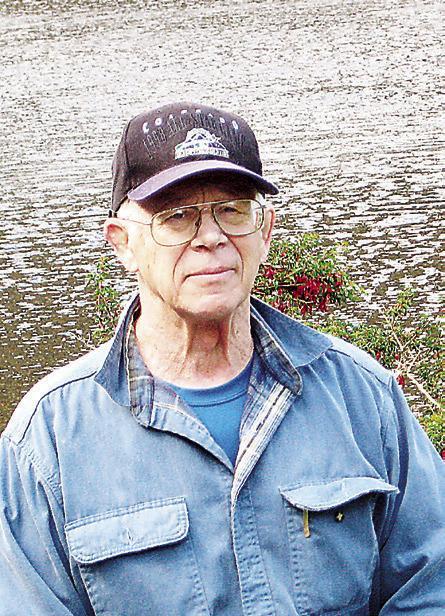
Scope of running literature is broad
I was looking for a book to read and happened to see a group of books in my bookcase on running. Some were remembered as the first books I bought to find out more about this running activity I had just started.
Looking back at my beginning days of running as an activity or sport was limited to recalling days of track practice in high school and college.
Running was something you did to get in shape for a sport and not an activity you did as a lifelong hobby.
The “research” begins when you start getting better at entering races and maybe win an award once in a while.
Now you want to know how to get faster and better at running as a competitive activity.
It started out with reading the magazines, “Runner’s World” and “Runner,” from cover to cover, and even glancing at the ads on the side of the page.
Then you happen to see a book about running. One of the first was “The Complete Book of Running” (1977) by James Fixx.
Fixx was just an average person that took up running, initially to save his life. It was a book for the average runner to read and understand, since Fixx was not some researcher that used big words.
The fact that he died of a heart attack during a 10-mile run, made the non-runners proclaim that too much running uses up all your heartbeats.
In fact, another running book mentioned that before Fixx started running, he weighed over 200 pounds, was sedentary, and smoked over a pack of cigarettes a day, and had a family history of early deaths from heart disease.
Fixx lost weight, got in shape, and his lifestyle change to running probably added a number of years to his life.
Dr. Cooper from the Dallas Aerobic Clinic wanted to test Fixx, but he refused, since he was having symptoms of heart problems and this might hurt his career as a famous runner.
Dr. Cooper’s book, “Aerobics,” was a best seller, and having heard him lecture a few times, it was a motivational talk to get off the couch and get moving.
His wife, Millie, wrote a book, “Aerobics for Women,” and was a motivational speaker as was her husband.
Then Consumers Reports, that usually compares cars and refrigerators, came out with a book, “The Running Book,” that covered all you need to know about running.
In 1982, I had improved enough to think about running a marathon. The book, “Target 26,” (1977) told a first-time marathon runner what it takes to run 26.2 miles and survive. Consumers Reports also published a book on marathon running that I thought was one of the best. I lent it to another runner who was thinking of running a marathon, and he lent it to anothewr runner, and after many hands on down the line, I never saw it again.
The best information I read was from “Runner” magazine and an article by Meyers that divided the 26.2 mile run into 5-mile segments with varying times to reach a time you set to finish in.
I tried it a few times and it worked to perfection. Dr. Bill Squires, a coach of running, published a book, “Improving Your Running,”(1982) that had a 52-week training schedule for a runner to follow along with other training tips.
After you consider yourself a dedicated runner, you step up the reading level. A book, “Interval Training,” by Fox and Mathews (1974) was good for improving speed. Besselink’s book, “RunSmart,” came out in 2008, and focused on running injury-free and year-round training. This was an excellent book, as it changed running from a seasonal training schedule to a program where you improved your running throughout the year.
Then in 2013, Greg Mc-Millan published a book, “You (only faster),” that included a series of “training plans to help you train smarter and run faster.” For a serious runner, these were the books that put that finishing touch to your running plans.
Two books were a more in-depth read for the average runner, that covered some research on running and the effect it had on other parts of the body.
One book was “Spark,” by John Ratey, and it covered the intellectual, stress, anxiety, depression, addiction and aging effects of running.
For the student struggling with academics, the effect of running on learning was very educational.
And for the senior-aged individual, the “aging” chapter was a good motivation to start walking or running.
The second book is, “The Sports Gene,” by David Epstein, and it covers the reason some runners are faster than others, and the background these runners grew up with.
If you want to be a runner you need to read a few books on running.
Even fictional books like Parker’s “Once a Runner,” are fun to read and relate to.











